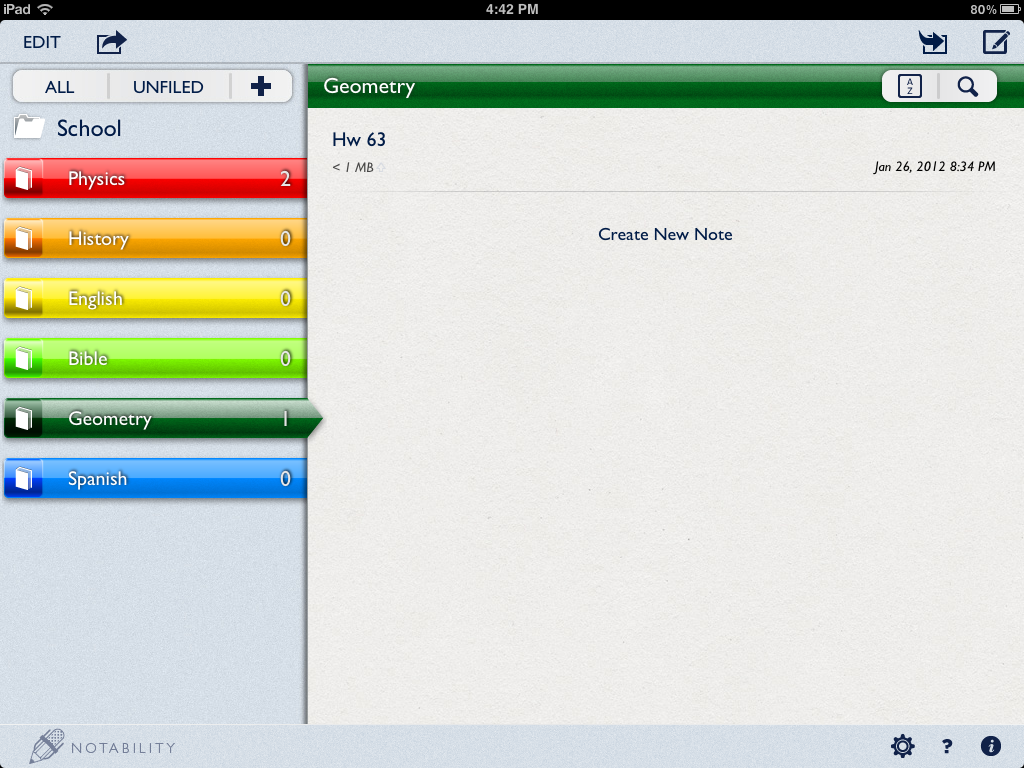
Immediate use CSPs are not subject to the requirements outlined in USP, as this classification addresses the preparation of sterile compounds for direct and immediate administration to a patient within four hours. The differences between each CSP classification are largely related to the environment in which the CSP was prepared, the resulting level of risk of microbial contamination and the BUD that can be assigned. The new USP defines three different classifications of compounded sterile preparations (CSPs): immediate use, Category 1 and Category 2. The most significant changes, which I will focus on in this article, are changes in how beyond-use dates (BUDs) are assigned and in testing requirements. Other changes, however, will be significantly more challenging for some pharmacies to implement. Many of the changes in the revised chapter will be relatively simple for pharmacies to address through small procedural updates and personnel training, such as the requirement for different incubation times and temperatures for growth media, or the requirement that incubators are not stored in classified areas. The revised USP differs significantly from the current version. The revised chapter will become official in the United States Pharmacopeia on December 1, 2019, along with a revised version of General Chapter, which addresses nonsterile compounding, and the new General Chapter, which addresses hazardous drugs. On June 1, 2019, a revised version of USP General Chapter was published. To see our most current content about the new version of the chapter, please read our blog post Proposed Changes to USP 797. However, USP has since released a newer version of the chapter.

The content below was based on an earlier proposed version of USP General Chapter 797.

By Dylan Herr, Eagle RA/QA Development Manager


 0 kommentar(er)
0 kommentar(er)
